Discover the Ultimate Homesteading Book Collection
Are you ready to embark on a homesteading adventure? This incredible collection of books will guide you on your journey to self-sustainability and belonging in the homesteading community. From comprehensive guides to traditional skills and Appalachian heritage, these books cover a wide range of topics that will help you become a successful homesteader. Learn about modern homesteading, permaculture, sustainable living, food preservation, and so much more. Whether you’re a beginner or an experienced homesteader, these books will be your go-to resources. So, grab a cozy spot and get ready to dive into the world of self-sufficiency. The Ultimate Homesteading Book Collection awaits you!
Key Takeaways
- The Ultimate Homesteading Book Collection includes a comprehensive guide to homesteading such as “The Encyclopedia of Country Living” by Carla Emery, “The Independent Farmstead” by Beth Dougherty, “Back to Basics” by Abigail Gehring, “The New Organic Grower” by Eliot Coleman, and “The Backyard Homestead” by Carleen Madigan.
- The collection also includes books on traditional skills and Appalachian heritage, such as “The Foxfire Series” by Eliot Wigginton.
- Modern homesteading is covered in the collection with “Welcome to the Farm” by Shaye Elliott.
- Permaculture and regenerative homesteading are explored in “The Resilient Farm and Homestead” by Ben Falk.
Comprehensive Homesteading Guides
If you are looking for a comprehensive guide to homesteading, you can’t go wrong with the Encyclopedia of Country Living by Carla Emery. This book is a treasure trove of knowledge, covering everything from homesteading techniques and practices to sustainable farming methods and techniques. It provides practical advice and step-by-step instructions on how to create a self-sufficient homestead and live off the land. Whether you are a beginner or an experienced homesteader, this book is a valuable resource that will guide you through every aspect of homesteading. From growing your own food to raising animals, from preserving and storing food to living a self-sustainable lifestyle, the Encyclopedia of Country Living has it all. It is truly a comprehensive guide that belongs on every homesteader’s bookshelf.
Traditional Skills and Appalachian Heritage
Continue your journey into the world of homesteading by exploring traditional skills and Appalachian heritage. Embrace the rich culture and history of the Appalachian region by delving into the art of Appalachian crafts and the wisdom of traditional farming techniques. These skills have been passed down through generations, preserving the unique heritage of this rugged and resilient community. Learn how to create beautiful handmade items using techniques such as basket weaving, pottery, and quilting. Discover the secrets of successful farming in the Appalachian region, where the land and climate offer their own challenges and rewards. By immersing yourself in these traditional skills, you will not only gain practical knowledge but also a sense of belonging to a community that values self-sufficiency and preservation of the past.
| Appalachian Crafts | Traditional Farming Techniques |
|---|---|
| Basket Weaving | Crop Rotation |
| Pottery | Companion Planting |
| Quilting | Terracing |
| Woodworking | Seed Saving |
| Blacksmithing | Heritage Breeds |
Modern Homesteading
Are you ready to dive into the world of modern homesteading and discover the key principles and practices that will help you create a self-sufficient and sustainable lifestyle? Modern homesteading is all about embracing a simpler way of living while utilizing alternative energy sources to reduce your carbon footprint. By incorporating solar panels, wind turbines, and other renewable energy systems, you can power your homestead while minimizing your reliance on fossil fuels. Furthermore, modern homesteading encourages practices such as rainwater harvesting, composting, and organic gardening to promote sustainability and self-sufficiency. Whether you’re interested in growing your own food, raising livestock, or generating your own energy, there are countless resources available to guide you on your modern homesteading journey. By learning these skills, you can create a fulfilling and environmentally conscious lifestyle that fosters a sense of belonging to the earth and your community.
Permaculture and Regenerative Homesteading
By incorporating permaculture principles and regenerative practices, you can transform your homestead into a thriving ecosystem that sustains itself and contributes to the overall health of the environment. Permaculture design focuses on creating sustainable systems that mimic the patterns found in nature, while regenerative agriculture aims to restore and improve the health of the land. These approaches go beyond traditional farming methods by emphasizing soil regeneration, biodiversity, and ecological balance. With permaculture and regenerative homesteading, you can create a self-sustaining food production system that minimizes waste, conserves resources, and promotes a healthy ecosystem. By implementing techniques such as companion planting, water conservation, and natural pest control, you can create a harmonious and resilient homestead that not only provides for your needs but also contributes to the larger goal of environmental stewardship.
Sustainable Living and Food Culture
Explore sustainable living and food culture to cultivate a conscious and nourishing lifestyle on your homestead. Embrace the farm-to-table movement and learn about sustainable agriculture practices that prioritize the health of the earth and its inhabitants. Here are four essential resources to guide you:
- “Folks This Ain’t Normal” by Joel Salatin: Gain insights from a renowned farmer and advocate for sustainable farming practices. Salatin challenges conventional food systems and offers practical advice on regenerative agriculture.
- “Animal, Vegetable, Miracle” by Barbara Kingsolver: Join the author’s year-long journey of eating locally and seasonally. Discover the joys of growing your own food and supporting local farmers.
- “The Family Garden Plan” by Melissa K. Norris: Learn how to create a bountiful garden that provides fresh produce year-round. This guide covers everything from planning and planting to maximizing harvests and preserving the abundance.
- “Gaia’s Garden” by Toby Hemenway: Dive into the world of permaculture and design your homestead to mimic the resilience and diversity of natural ecosystems. Hemenway offers practical strategies for creating sustainable, productive gardens.
Local and Seasonal Food
Maximize your homestead’s self-sufficiency and culinary delight by embracing the benefits of local and seasonal food. The farm to table movement is gaining popularity as people recognize the value of knowing where their food comes from and supporting local farmers. By sourcing ingredients from nearby farms and markets, you can reduce your carbon footprint and strengthen your community. Seasonal cooking techniques allow you to fully enjoy the flavors and nutrients of fresh produce at its peak. Whether it’s creating vibrant salads with summer greens or making hearty soups with winter root vegetables, cooking with seasonal ingredients ensures that you are getting the best quality and taste. By incorporating local and seasonal food into your homesteading lifestyle, you not only nourish yourself and your family, but also contribute to a sustainable and interconnected food system.
Gardening and Food Production
When it comes to homesteading, one essential aspect that you can’t overlook is gardening and food production, which allows you to cultivate your own fresh and nutritious ingredients right in your backyard. To help you master this important skill, here are four must-have books for your gardening and food production journey:
- “The Family Garden Plan” by Melissa K. Norris: This comprehensive guide teaches you everything you need to know about planning, planting, and maintaining a productive garden that can feed your family year-round.
- “Mini-Farming: Self-Sufficiency on 1/4 Acre” by Brett L. Markham: Learn how to maximize your small-scale garden space and become more self-sufficient through organic gardening techniques and efficient use of resources.
- “Gaia’s Garden” by Toby Hemenway: Discover the principles of permaculture and create a sustainable garden ecosystem that mimics nature’s patterns, ensuring long-term success and minimal maintenance.
- “The Market Gardener” by Jean-Martin Fortier: Dive into the world of small-scale organic farming and learn how to grow high-yield crops using intensive techniques like companion planting and crop rotation.
With these books as your guide, you’ll be well-equipped to create a thriving garden and produce your own food in a sustainable and organic way. Happy gardening!
Self-Sufficiency and Self-Sustainable Living
To achieve self-sufficiency and live sustainably, you need to embrace a lifestyle centered around self-reliance and resourcefulness. This includes off-grid living and utilizing alternative energy sources. By harnessing the power of the sun, wind, or water, you can generate your own electricity and reduce your dependence on traditional power grids. Additionally, sustainable water management and conservation are crucial aspects of self-sustainable living. Implementing rainwater harvesting systems, greywater recycling, and water-efficient practices can help you minimize water waste and make the most of this precious resource. With these strategies in place, you can create a self-sufficient and eco-friendly homestead that provides for your needs while minimizing your impact on the environment.
Food Preservation and Storage
Preserve and store your food efficiently to sustain your self-sufficient lifestyle on the homestead. Here are some practical tips to help you with canning and long-term food storage methods:
- Canning Techniques and Tips: Learn the art of canning to preserve your harvest. From water bath canning for high-acid foods like fruits and pickles to pressure canning for low-acid foods like vegetables and meats, mastering these techniques will ensure your food stays fresh and safe.
- Long-Term Food Storage Methods: Explore various methods like dehydrating, freezing, and vacuum sealing to extend the shelf life of your food. Dehydrating removes moisture, freezing preserves food at its peak freshness, and vacuum sealing removes air to prevent spoilage.
- Proper Storage Conditions: Create an ideal environment for your stored food by keeping it cool, dry, and away from direct sunlight. Use airtight containers or mason jars to maintain freshness and prevent pests from infiltrating.
- Rotation and Organization: Implement a system to rotate your stockpile and use the oldest items first. Keep an inventory of your preserved food and label them with dates to ensure you’re consuming them before they expire.
Frequently Asked Questions
What Are Some Recommended Resources for Learning About Beekeeping?
There are fantastic resources available to help you dive into the world of beekeeping. From books on beekeeping equipment to guides on beekeeping management, you’ll find everything you need to get started. These resources provide practical, knowledgeable, and comprehensive information to help you succeed. With their guidance, you’ll be able to cultivate a thriving beekeeping experience and become a part of the beekeeping community. So, get ready to explore the fascinating world of beekeeping!
How Can I Ensure the Health and Well-Being of My Chickens on a Homestead?
To ensure the health and well-being of your chickens on a homestead, start by creating a sustainable watering system. Install a reliable automatic waterer or set up a rainwater collection system. For common chicken ailments, turn to natural remedies. Garlic and apple cider vinegar can boost their immune system, while herbs like oregano and thyme can prevent respiratory issues. Remember to consult a veterinarian or trusted resource for further guidance on chicken care.
Are There Any Books Specifically Focused on Medicinal Herbs and Their Uses in Homesteading?
Looking to learn about medicinal herbs and their uses in homesteading? Look no further! There are some fantastic books out there that specifically focus on this topic. You’ll find everything from medicinal herb recipes to tips on homesteading with essential oils. These books will provide you with practical, knowledgeable, and comprehensive information to help you on your homesteading journey. So grab a cup of tea and dive into the world of herbal medicine on your homestead!
What Are Some Tips for Foraging and Identifying Wild Edibles on a Homestead?
To preserve wild edibles on your homestead, start by properly identifying the plants and learning about their seasonal availability. Harvest them at the right time to ensure optimal flavor and nutrition. Use techniques like drying, canning, and freezing to preserve them for future use. Incorporating wild edibles into your everyday meals is a great way to add variety and nutrients. Experiment with recipes and try different cooking methods to make the most of these natural treasures.
Are There Any Comprehensive Guides Available for Raising and Caring for Farm Animals on a Homestead?
There are plenty of comprehensive guides available to help you out. From “The Backyard Homestead Guide to Raising Farm Animals” by Gail Damerow to “The Beekeeper’s Bible” by Richard A. Jones and Sharon Sweeney-Lynch, these books provide practical knowledge and guidance. With these comprehensive guides in hand, you’ll have the tools and information you need to successfully raise and care for your farm animals, ensuring a thriving homestead.
Can the Ultimate Homesteading Book Collection Help with Starting a Homestead?
Yes, the Ultimate Homesteading Book Collection can definitely help with starting a homestead. These books provide invaluable information and tips for beginners homestead starting guide, from cultivating a garden to raising livestock. Whether you’re new to homesteading or looking to expand your skills, these books are a great resource.
Conclusion
With the information listed above, you have the power to turn this dream into a reality. From the practical guidance on sustainable living to the wealth of knowledge on traditional skills, these books will equip you with everything you need to create your own self-sufficient paradise. So, take that first step towards a life of homesteading and let these invaluable resources be your guiding light.
In our kitchen, we only use cultures from Cultures for Health.
Get yours here and start culturing today.
Popular Articles
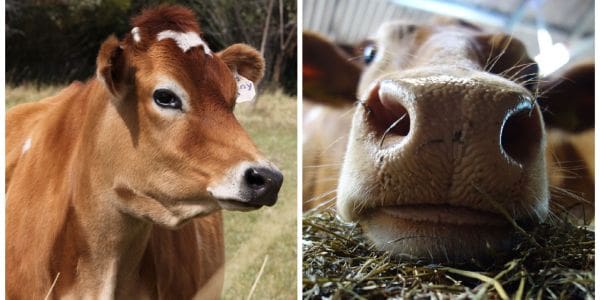
Jersey vs. Guernsey Cows: What’s the Difference?
Newsletter
Get signed up to get latest updates and new information from the Jersey Milk Cow!
This site uses Akismet to reduce spam. Learn how your comment data is processed.
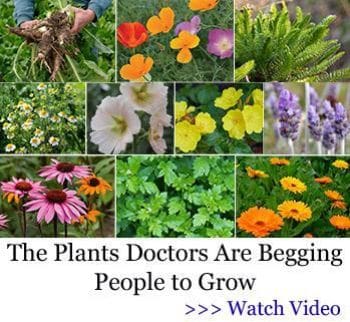
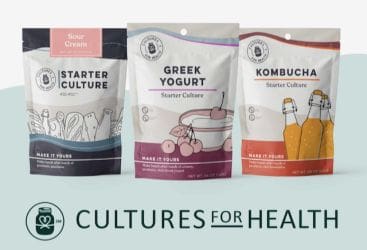






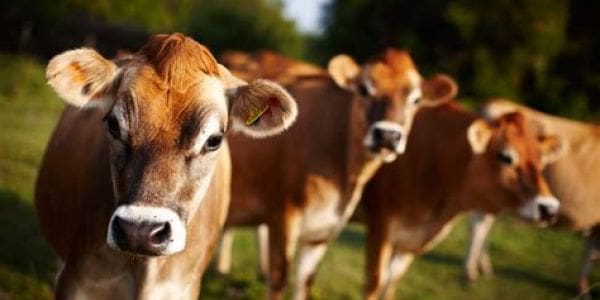
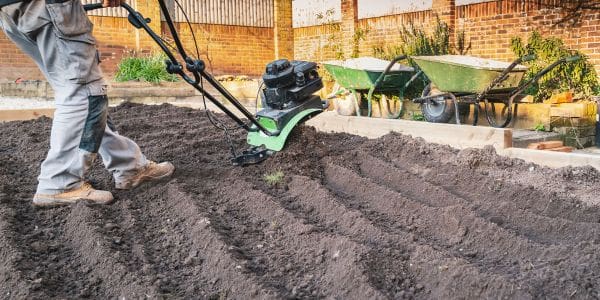
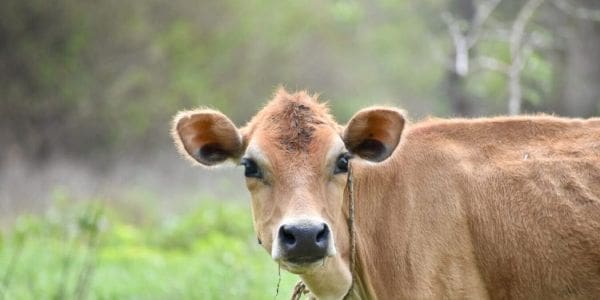
Leave a Reply